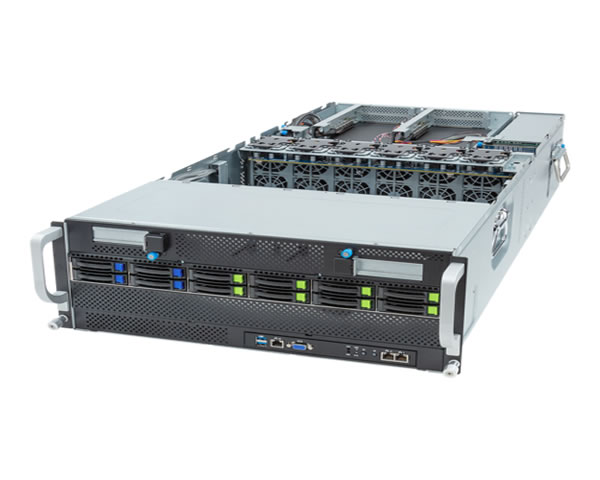
With the booming development of the digital content industry, native IP (Intellectual Property) is increasingly valued in the Taiwan market. Creators and enterprises have invested resources to develop original works with market value. However, before entering this area, it is crucial to understand the relevant costs and a reasonable budget planning. This article will conduct in-depth analysis of the cost composition of Taiwan’s native IP and provide effective budget planning advice to help you gain a foothold in this potential market.
The cost composition of Taiwan's native IP
When considering making a native IP in Taiwan , you first need to understand its cost composition. Fees can usually be divided into several main parts: creation costs, marketing costs and post-maintenance costs. Creative costs include labor costs in screenwriting, design, production and other links, which usually account for a large proportion of the budget. Marketing fees are to let the target audience understand your work, usually including advertising, social media promotion, etc. Finally, the post-maintenance costs involve content updates, copyright maintenance, etc., which is also a part that cannot be ignored.
Specific analysis of creation costs
Creative expenses are the most critical part of the entire project. In Taiwan, the creation cost of native IP is affected by a variety of factors, including project complexity, team size and professional level. Generally speaking, good screenwriters and designers are relatively expensive, but their experience and creativity can add value to the project. Therefore, when planning budgets, it is recommended to reasonably allocate human resources according to project needs to ensure the quality of creation.
The importance of marketing costs
Marketing fees play an important role in the success of native IP. Even an excellent work may not be able to discover it without effective promotion. Therefore, a part of the funds should be allocated reasonably in the budget for marketing. This includes online promotion (such as social media advertising, search engine optimization) and offline events (such as exhibitions, sales signings, etc.). By formulating a detailed marketing plan, the exposure and influence of works can be effectively improved.
Budget planning for post-maintenance costs
Later maintenance costs are often overlooked, but they are crucial to the long-term development of native IP. Including copyright maintenance, continuous content updates and brand image management. In order to ensure the vitality of IP, it is necessary to regularly invest resources for updates and maintenance. In budget planning, it is recommended to reserve a certain proportion of funds for later maintenance to ensure the project's continued competitiveness in the market.
Market trends of native IP in Taiwan
In recent years, Taiwan's native IP market has gradually matured, and the emergence of multiple successful cases has made more and more creators pay attention to this field. With the rapid development of digital media, consumers' demand for original content has been increasing, which provides broad space for the development of native IP. By observing market trends, we can find that emerging models such as cross-border cooperation and IP derivative development are emerging. Creators should adapt to this trend and flexibly adjust their creation and budget planning.
Budget planning suggestions
When planning budgets, it is recommended to follow the following principles: First, market research should be conducted to understand the cost composition and market response of similar projects in order to formulate a reasonable budget. Secondly, establish a flexible budget management mechanism and adjust budget allocation in real time according to project progress. In addition, it is recommended to work with experienced teams or consultants to obtain professional advice to reduce budget risks. Finally, keep financial transparency and regularly summarize and analyze cost usage to facilitate future budget optimization of projects.
Summary and prospect
The cost analysis and budget planning of Taiwan's native IP is a complex and important process. By reasonably analyzing the cost composition and formulating scientific budget plans, creators can occupy a favorable position in the fierce market competition. With the continuous development of the market, the potential of native IP will become more visible, and we look forward to more high-quality original works emerging. I hope this article can provide you with a practical reference for the investment and development of native IP in Taiwan.
- Latest articles
- Which American Cloud Server Brands Are Worth Paying Attention To In 2023?
- Discuss The Impact Of Vietnam Server Native Ip On Seo
- How To Choose A Reliable Cloud Server Provider In Vietnam
- Choose The Right Vietnam Cn2 Service Provider To Accelerate Your Website
- Gain An In-depth Understanding Of The Characteristics And Advantages Of Japan’s Native Regional Ip
- U.s. Cloud Server Hosting Cost Analysis And Price/performance Comparison
- Best Practices And Suggestions For Renting Taiwan Cn2 Servers
- How To Choose A Suitable Cloud Server For Business Deployment In Singapore
- How Cambodian Video Cloud Server Improves Your Live Video Experience
- Useful Japanese Native Ip Recommendations And Sharing Of Usage Tips
- Popular tags
-
Server Selection Guide For Taiwan In Csgo Games
provides csgo players with a comprehensive guide to server selection in taiwan, including server types, latency testing, and optimization suggestions. -
Comprehensive Analysis Of The Concept And Practical Application Of Taiwan’s Native Ip
comprehensively analyze the concept and practical application of taiwan's native ip, and explore its importance and future development in the creative industry. -
Building Methods Of Taiwan's Indigenous IP And Common Questions And Answers
This article provides a detailed introduction to the methods of building native IP in Taiwan and answers common questions, helping readers understand how to successfully establish native IP in Taiwan.


